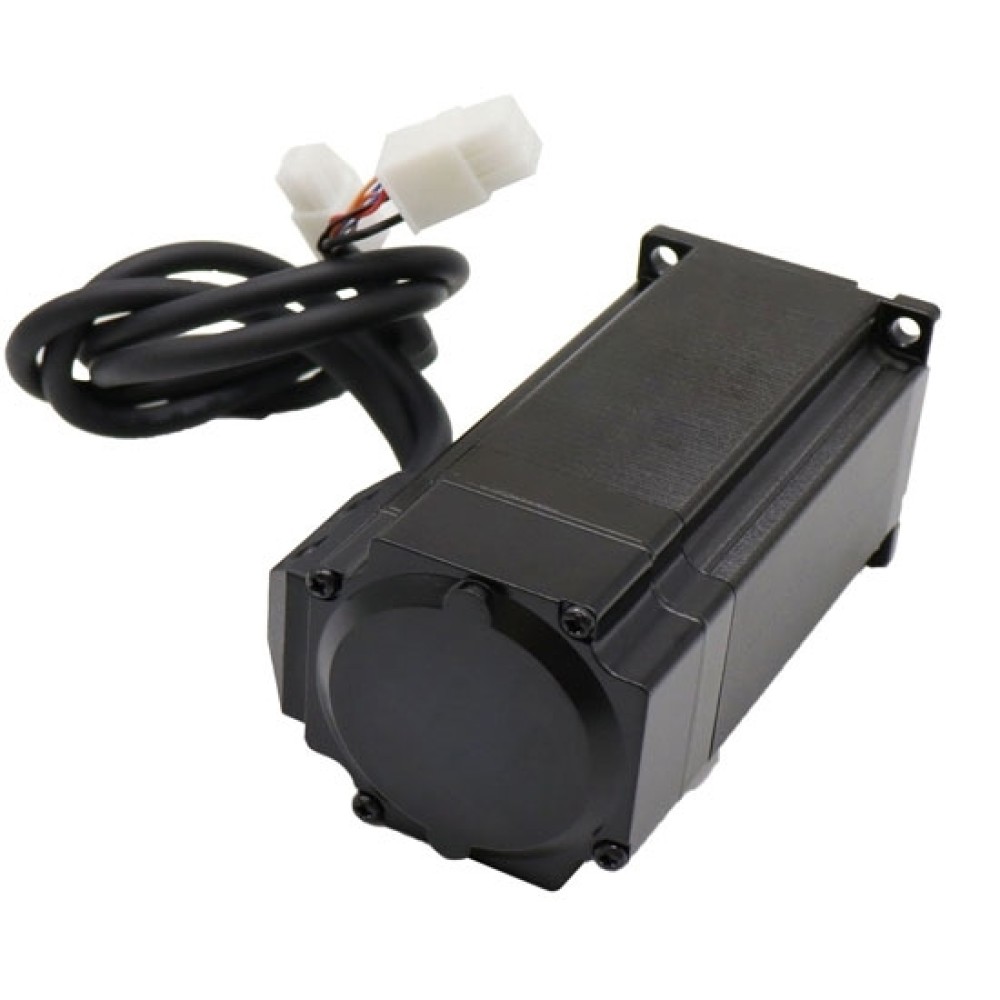Introduction to Stepper Motors and Their Applications
Stepper motors are a crucial component in modern automation technology, widely used in various precision control applications. This article aims to explore the basic principles, classification, advantages, and real-world applications of stepper motors, providing beginners with a better understanding and practical guidance for using stepper motors.
Basic Principles of Stepper Motors
A stepper motor is an open-loop control system that converts electrical pulse signals into angular or linear displacement. Its operation is based on electromagnetic theory, where each pulse signal causes the motor to rotate through a fixed angle known as the step angle. The size of the step angle depends on the motor’s design and is typically 1.8° or smaller.
Classification of Stepper Motors
Stepper motors can be classified in several ways:
- By Number of Phases: Single-phase, two-phase, three-phase, five-phase, etc.
- By Structure: Variable reluctance, permanent magnet, hybrid.
- By Operating Mode: Full-step, half-step, microstep.
Each type of stepper motor has specific applications and advantages.
Advantages of Stepper Motors
- Accurate Positioning: Stepper motors can achieve very precise position control, making them suitable for applications requiring high accuracy.
- Quick Response: They can start and stop quickly, ideal for applications that require frequent starts and stops.
- Lower Cost: Compared to servo motors, stepper motors are less expensive and easier to maintain.
- Easy Control: Stepper motors can be controlled with simple digital signals, eliminating the need for complex feedback systems.
Application Examples
- 3D Printers: Stepper motors are used to precisely control the movement of the print head, ensuring the accuracy of the printed model.
- CNC Machines: In CNC machines, stepper motors adjust the position of the cutting tool, ensuring the dimensional accuracy of the workpiece.
- Automated Production Lines: Stepper motors are often used for precise positioning in product assembly processes, improving production efficiency.
- Robotics: In robotic joints, stepper motors provide reliable motion control solutions
Practical Tips
For those who want to use stepper motors in their projects, here are some suggestions:
- Choose the Right Motor: Select a stepper motor with the appropriate step angle, torque, and other parameters based on your project’s specific requirements.
- Design a Proper Drive Circuit: Stepper motors require dedicated drivers to provide the necessary pulse signals, ensuring stable operation.
- Consider Heat Dissipation: Prolonged operation can cause the motor to heat up, so it’s important to design with cooling measures in mind.
- Tuning and Optimization: Initial use may require multiple adjustments to achieve optimal performance, such as tuning pulse frequency and voltage.
Conclusion
Stepper motors offer unique advantages and are widely used in many fields. As technology advances, the performance of stepper motors continues to improve, and they will play an increasingly important role in emerging areas. We hope this article provides you with valuable insights and inspiration about stepper motors. If you have any specific questions or want to learn more, feel free to leave a comment!





